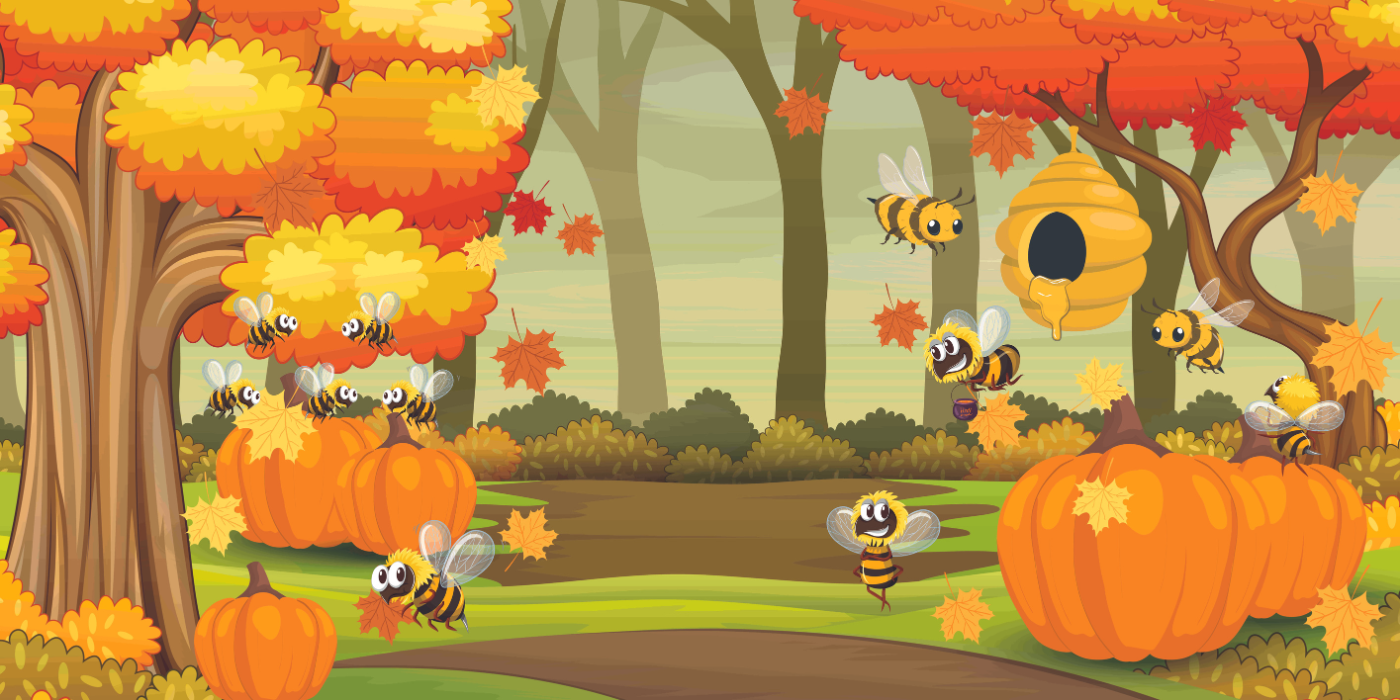
Preparing Your Hives for the Fall | 10 Essential Autumn Beekeeping Tips
As summer fades and the leaves begin to change, beekeepers face the crucial task of preparing their hives for the fall. This transitional period is vital for ensuring that bees are healthy and strong enough to survive the upcoming winter months. Here are some essential tips for beekeepers to prepare their hives for the fall season.
Tip 1
Assess Hive Health
Before making any changes, it’s important to conduct a thorough inspection of each hive. Look for signs of disease, pests, and overall hive health. Check the brood pattern, ensuring that the queen is laying eggs consistently and that there is a good mix of eggs, larvae, and capped brood. A healthy hive should have a strong population with plenty of worker bees.
Tip 2
Check for Pests
Fall is a critical time to manage pests such as Varroa mites, which can weaken a hive and make it susceptible to other diseases. Use a reliable method, such as an alcohol wash or powdered sugar roll, to determine the mite levels in your hive. If mite levels are high, consider using approved treatments to reduce the population before winter sets in. Other pests to watch for include hive beetles and wax moths.
Tip 3
Ensure Adequate Food Stores
As nectar flows decrease in the fall, it’s crucial to ensure that your hives have enough food stores to last through the winter. Bees need honey and pollen to survive, so check that each hive has at least 60-90 pounds of honey. If stores are low, you can supplement with sugar syrup (2:1 sugar to water ratio) to help the bees build up their reserves. Feeding pollen patties can also support the hive’s protein needs.
Tip 4
Combine Weak Hives
Weak hives are less likely to survive the winter on their own. If you have a hive with a low population or a failing queen, consider combining it with a stronger hive. This can be done by using the newspaper method, where a sheet of newspaper is placed between the two hives. The bees will chew through the paper and gradually combine, reducing the risk of fighting.
Tip 5
Provide Ventilation
Proper ventilation is crucial for preventing moisture buildup inside the hive, which can be deadly in cold weather. Ensure that your hives have adequate ventilation by adjusting the entrance reducer and possibly adding an upper entrance. A small gap at the top of the hive allows moist air to escape while retaining enough heat to keep the bees warm.
Tip 6
Reduce Hive Entrances
As temperatures drop, it’s important to reduce the size of the hive entrance. This helps to conserve heat and makes it easier for the bees to defend against potential intruders such as mice. Use an entrance reducer to minimize the opening, leaving just enough space for the bees to come and go.
Tip 7
Insulate the Hives
In colder climates, insulating your hives can help the bees maintain a stable temperature throughout the winter. Wrap the hives with insulating material, such as foam board or specially designed hive wraps. Be sure to leave ventilation openings uncovered to prevent moisture buildup.
Tip 8
Protect Against Wind
Strong winds can chill a hive and make it harder for bees to maintain a stable temperature. Place windbreaks, such as straw bales or wooden fencing, around your hives to shield them from direct wind. Positioning hives in a sheltered area can also provide natural protection.
Tip 9
Monitor and Maintain
Once your hives are prepped for fall, continue to monitor them regularly. Check for signs of pest infestations, moisture buildup, and food stores. Make sure to keep the entrance clear of debris and snow, allowing the bees to come and go as needed.
Tip 10
Plan for Spring
Preparing your hives for fall also involves planning for the next beekeeping season. Keep records of your hive inspections, treatments, and any issues you encountered. This information will be invaluable in making informed decisions and improving your beekeeping practices in the future.
Preparing your hives for the fall is a critical task that requires careful attention to detail and proactive management. By assessing hive health, managing pests, ensuring adequate food stores, and taking steps to insulate and protect your hives, you can set your bees up for a successful winter. With proper preparation, you’ll not only help your bees survive the colder months but also ensure they thrive come spring.
Remember, the health and vitality of your bees depend on the care and attention you provide. By following these essential tips, you can create a strong foundation for your hives and enjoy the rewards of a productive beekeeping season.



Leave a comment